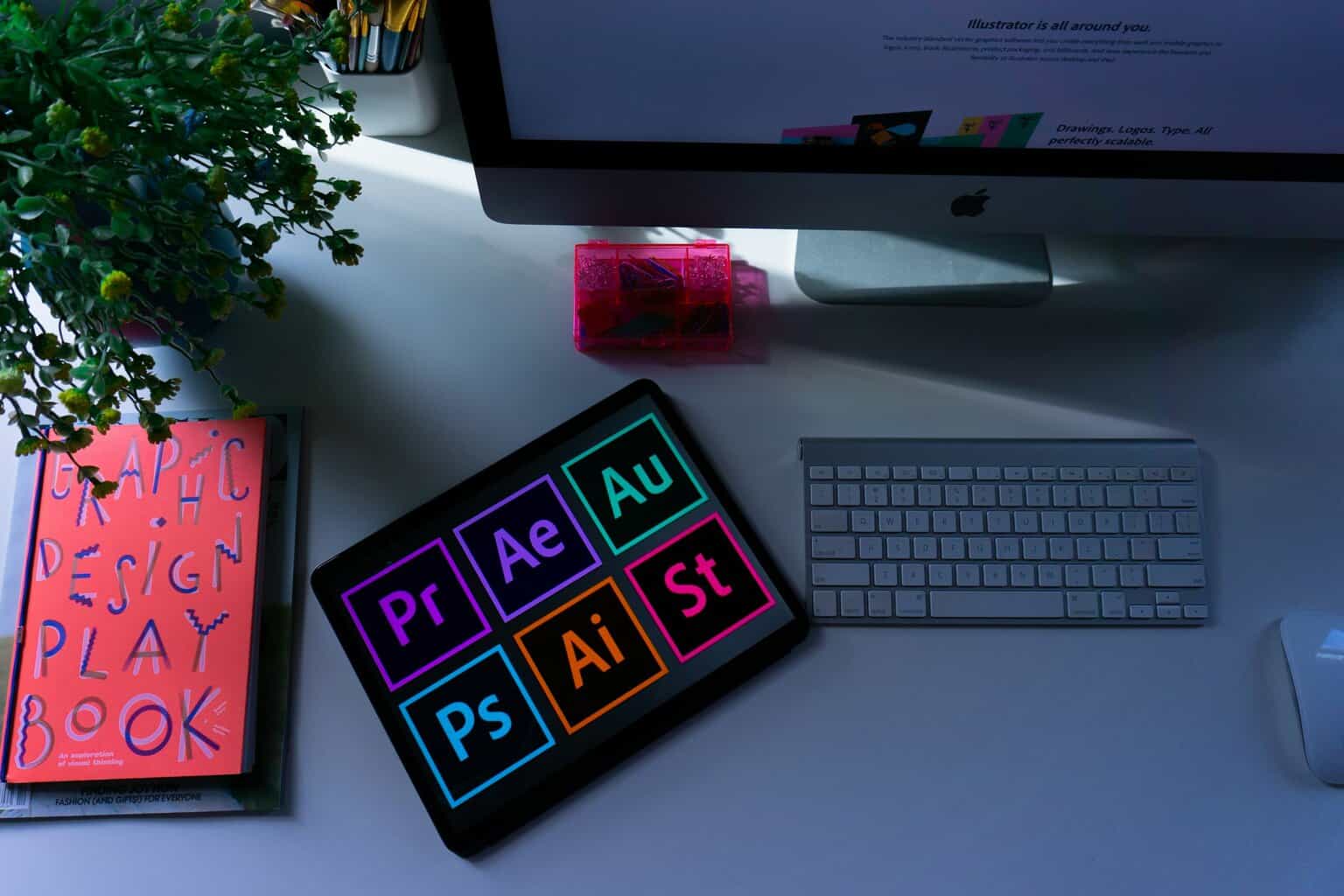
26 Mar Rewriting the Cover Story: Next-Level Designs Powered by Neural Networks
The landscape of design is experiencing a seismic shift as artificial intelligence and neural networks take center stage. Gone are the days when the creative process relied solely on human intuition and manual labor. Today, innovative AI image generation tools are enabling designers to generate striking visuals, break traditional boundaries, and rewrite the very narrative of creative expression. This fusion of art and technology is not only reshaping how we approach design but also redefining the possibilities of human creativity.
Table of Contents
The Rise of AI-Driven Design
AI image generation has rapidly evolved from a niche research area into a mainstream tool that designers across industries are eager to embrace. By leveraging sophisticated neural network architectures—ranging from generative adversarial networks (GANs) to diffusion models—designers can now produce photorealistic images and imaginative visuals with remarkable speed and precision. These systems analyze vast datasets of images, learning intricate patterns and styles that enable them to generate unique artworks tailored to specific prompts.
At its core, AI image generation transforms raw data into visually captivating outputs. Designers input a simple text prompt, and within seconds, neural networks conjure up detailed images that reflect a spectrum of styles—from abstract compositions to lifelike renderings. This technology democratizes design by allowing professionals, regardless of technical background, to harness the power of AI in their creative process.
Innovations Shaping the Future of Design
Recent breakthroughs have paved the way for next-level designs that are both innovative and accessible.
Platforms such as cgdream.ai exemplify how Flux technology can be harnessed to create visually stunning outputs, blending innovative LoRA styles with advanced image synthesis.
The dynamic capabilities of neural networks are fueling a new era where creativity is augmented by data-driven insights. Here are a few key innovations that are making waves:
- Generative Adversarial Networks (GANs): GANs pit two neural networks—the generator and the discriminator—against each other in a creative duel. The result is the continuous improvement of the generated images until they closely mimic real-world photographs or imaginative scenes.
- Diffusion Models: Emerging as a powerful alternative to GANs, diffusion models incrementally transform random noise into coherent images. This process allows for greater control over the final output and has been instrumental in achieving high-resolution, detailed images.
- Transformer Architectures: Originally developed for natural language processing, transformers have found their way into image generation. Their ability to understand context and sequence relationships enhances the precision of AI-generated visuals, ensuring that even subtle nuances in artistic style are captured.
Real-World Impact and Case Studies
Across industries—from advertising to architecture—professionals are turning to AI image generation as a transformative design tool. Consider the work of digital artists who create expansive installations by harnessing real-time data feeds to generate living, evolving images. These projects not only captivate audiences but also challenge our perceptions of what is art. In the realm of graphic design, brands are now using AI to quickly prototype product visuals and marketing campaigns that are both engaging and cost-effective.
Developers are working on ways to enhance the interpretability and controllability of neural networks. Efforts in explainable AI aim to provide clearer insights into how these models generate images, ensuring that the creative process remains transparent and collaborative.
Exploring tools like the free ai cover art generator can empower designers to seamlessly transfer styles and maintain consistency across different visual compositions without sacrificing artistic integrity.
A few notable applications include:
- Rapid Prototyping: Companies can now generate multiple design iterations in a fraction of the time it traditionally takes, streamlining the creative process and reducing the time-to-market for new products.
- Customized Visuals: AI-driven systems are adept at personalizing content. By learning from user preferences, these tools can generate images that resonate with diverse audiences, fostering a more inclusive approach to visual storytelling.
- Interactive Art Installations: Interactive exhibits powered by AI image generation transform public spaces into dynamic galleries. As visitors interact with the installation, the system generates bespoke visuals that evolve with the audience’s input, creating a unique, immersive experience.
While the potential of AI image generation is immense, it also comes with its own set of challenges. For instance, as machines learn to mimic artistic styles, questions about originality and intellectual property emerge. It’s essential for designers and technologists alike to strike a balance between harnessing AI’s capabilities and preserving the human touch that defines true creativity.
The Future of AI Image Generation in Design
The integration of neural networks into the design process heralds a future where creativity and technology are seamlessly intertwined. As these tools continue to mature, they will not only accelerate design workflows but also open up new avenues for artistic expression. Whether you are a professional designer looking to innovate or a casual enthusiast eager to explore new creative horizons, AI image generation offers a transformative experience that redefines what is possible.
In this exciting era of digital creativity, the cover story is being rewritten. With neural networks at the helm, the next-level designs emerging from AI are not just about producing pretty pictures—they are about pushing the boundaries of imagination and crafting a future where art and technology collaborate to create something truly extraordinary.





No Comments